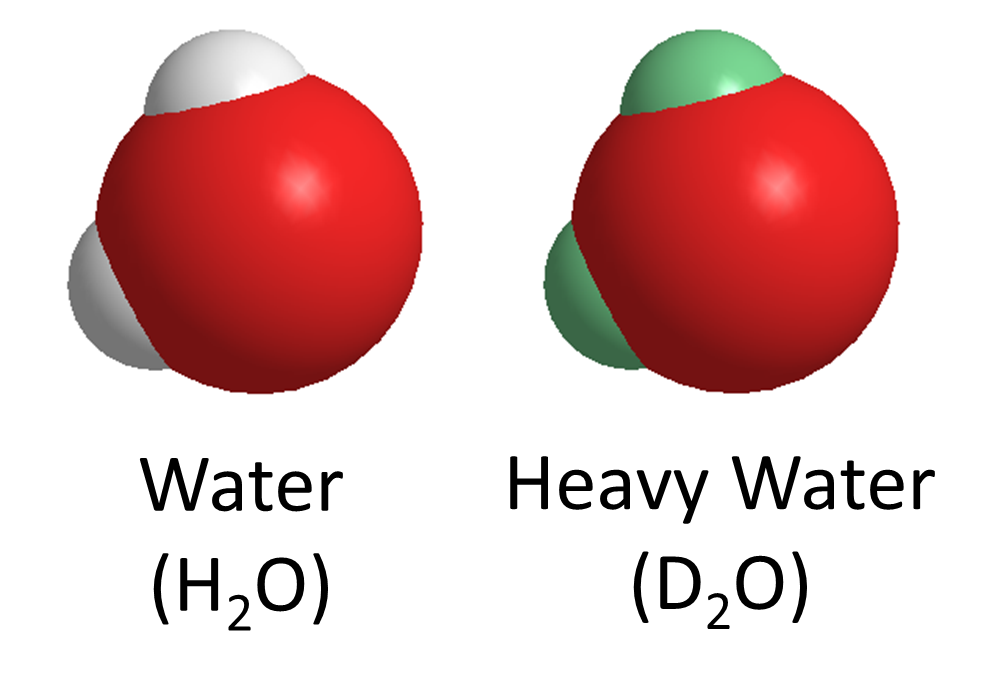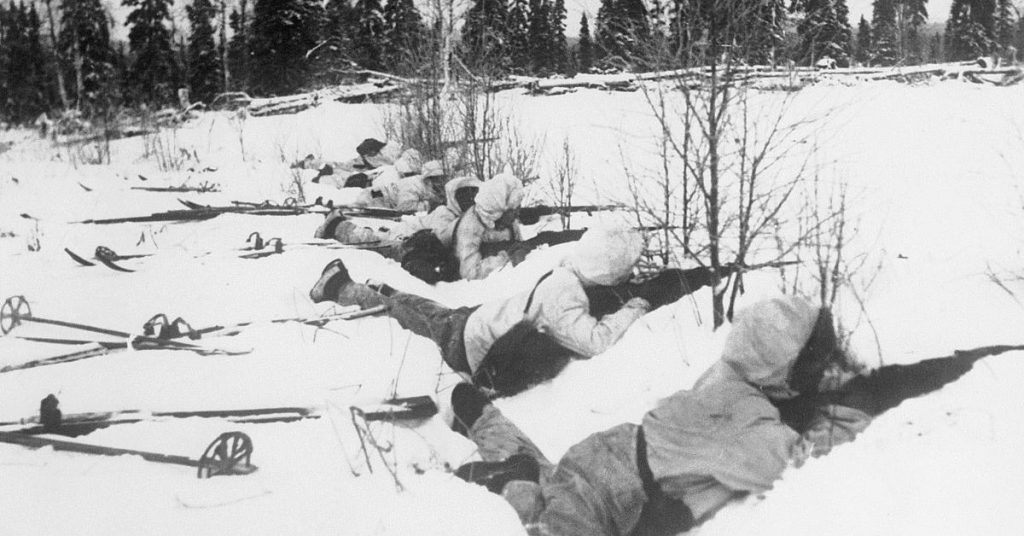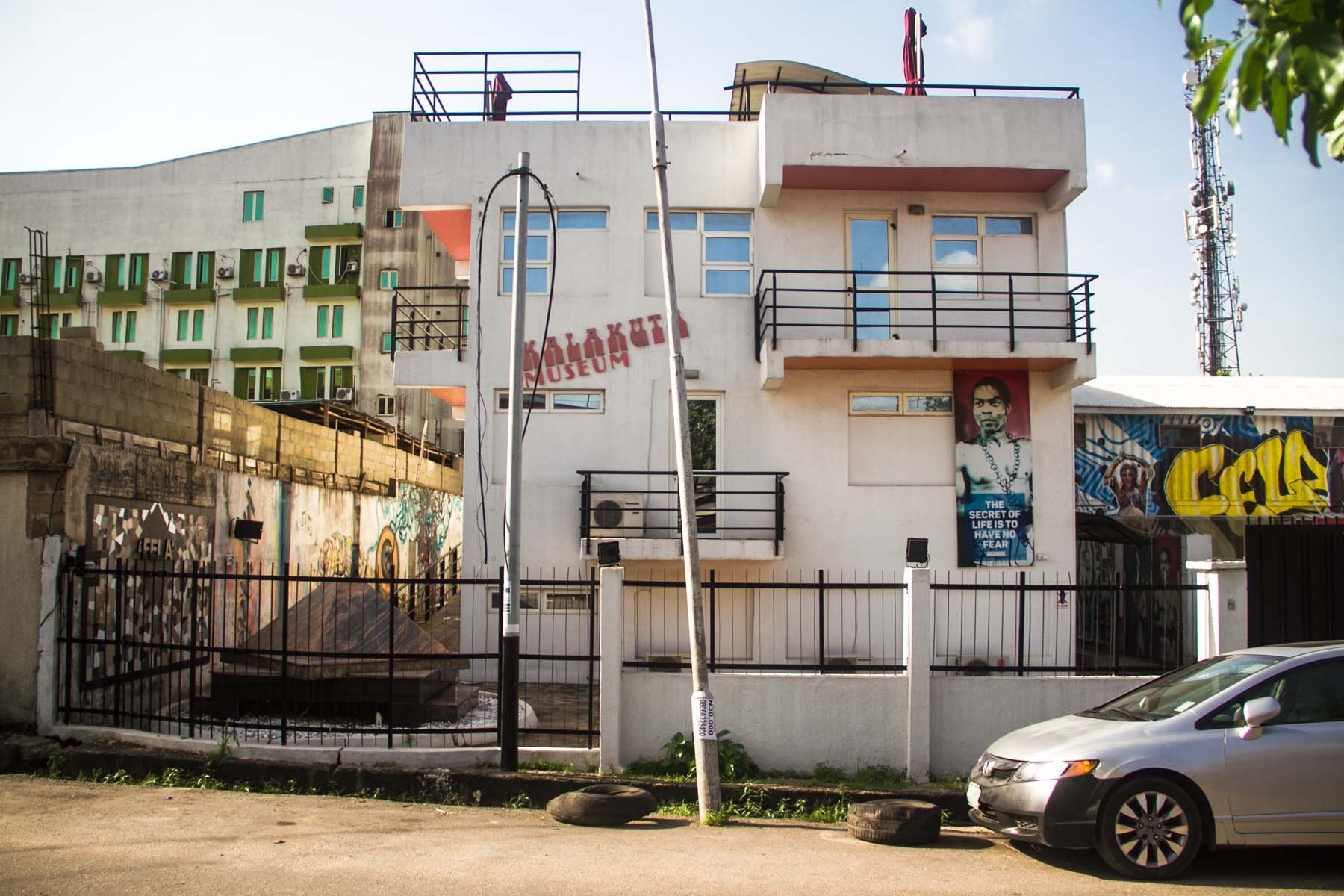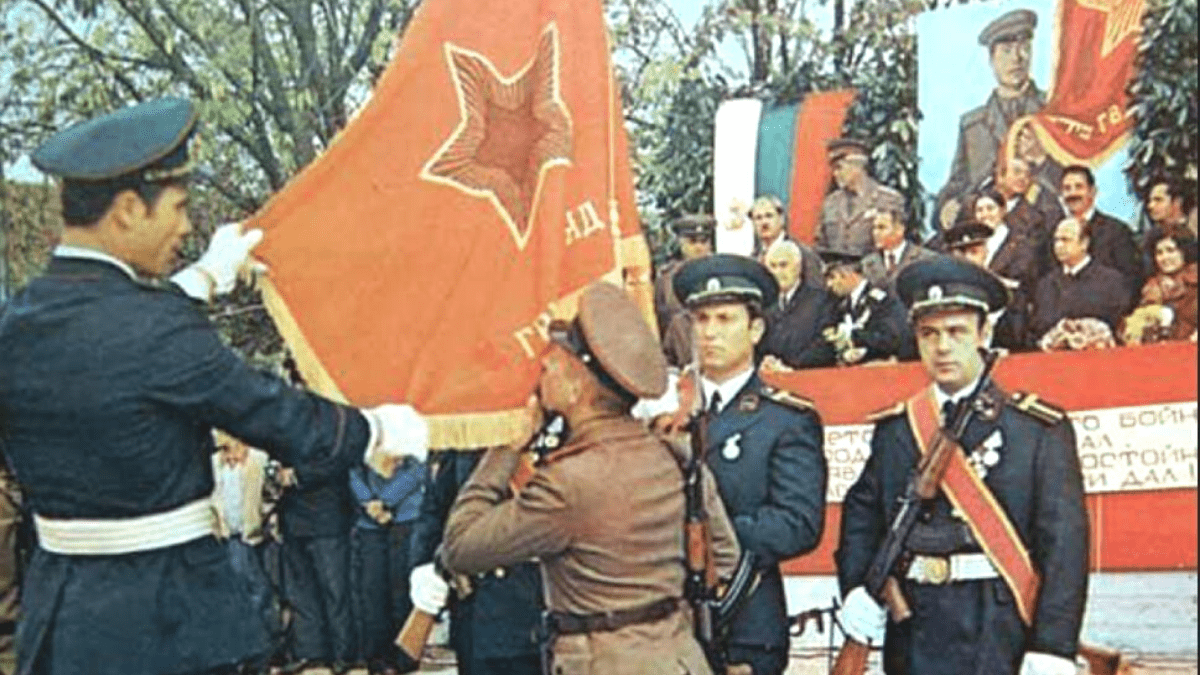Who knew that all it took was one daring ski trip to stop the Nazis in time from obtaining the atomic bomb! Just imagine what could have happened if that small window of opportunity was passed up and Hitler was able to turn the tide of the war in his favor. So what happened exactly? Who were the Norwegian commandos that dared infiltrate the Nazi lair?
It’s All About Heavy Water
When people hear about America’s Manhattan Project, we tend to associate it with the War in the Pacific. Most people don’t realize that atomic bomb research was originally intended for use against Nazi Germany. In addition, Allied intelligence agencies highly suspected the Nazis of researching their own bomb, thus adding suspense and suspicion. The reason why the US dropped the bomb on Japan and not Germany was simple: the US beat them to the bomb, and Nazi Germany surrendered in time. In fact, the Trinity Project–the first atomic bomb test– was scheduled for May 7th, 1945; the day Nazi Germany surrendered and the war in Europe ended.

So what’s with “heavy” water? This incredibly rare substance was a core ingredient of German scientists in dealing with atomic weapons research. Heavy water is just water that has a molecular weight of 20 instead of 18. The atomic weight is slightly different. Heavy water looks, tastes, and feels like normal water. You can cook with it and drink it, and not even know. The only physical difference that can be observed from a layman’s stand point would be that ice cubes made from heavy water sink to the bottom of the glass.
So what does this all do? In a nutshell, the neutron of heavy water travels slower than normal water as a result of the extra weight. The slower speed is crucial and beneficial to splitting the uranium atom. Due to the rarity of the presence of heavy water in nature, the Germans were obsessed with the idea of artificial production as a means for an atomic bomb, which they were able to do at the Vemork Chemical Plant in Norway.
Okay, The Nazis Can Make The Bomb, Now What?
Simple, destroy the chemical plant that’s producing heavy water. Oh, but wait, that was tried before. British commandos tried infiltrating the facility earlier in the war, and failed massively, with the commandos being tortured and executed. To make things worse, security tightened on the plant. Instead of the Hollywood style commando barrage on the chemical plant, the Allies decided on a clandestine operation of infiltration and sabotage.

Luckily for the British, the former Chief Operator of the plant and Chemist Colonel Tronstad fled to England and provided maps of the interior of the plant. He also kept secret communication lines with the current operations managers after the Nazis took over. The Norwegian resistance were glad to leak information about the plant.
Months earlier, Operation Freshman commenced, which involved a small team of Scotland trained-Norwegian commandos skiing into reconnaissance positions in the alpine winter. These commandos spent months living off the land and reported their findings.
Operation Gunnerside
When the details of the operation came together, Operation Gunnerside–the code name for the mission of this article–officially began. Another team of commandos met up with the already bewildered team that was running out of food rations. Vemork Chemical plant was securely located on the side of steep mountain ridges, with only a heavily guarded bridge as an access point. Floodlights blinded any glider pilots whoever dared to be foolish enough to fly past. The only safe option was to scale the monstrous cliffs, as the Nazis deemed them impossible to pass–they were wrong.

Thanks to Colonel Tronstad’s intelligence cables, the workers at the factory informed allied command of the security schedules and rotations of the sentries on patrol. The commandos were able to slip past them with only a wire cutter-no kills necessary. Following the fine details of every air duct in the factory–much like a spy–movie, the commandos separated into an explosives team and security team. The goal was to tie up timed explosives to the heavy water production equipment. Interestingly enough, the commandos were spotted by two Norwegian locals; both night shift workers. Due to their sympathy to the Norwegian resistance and hatred of the Nazis, they told the commandos exactly where to go and vowed not to say anything. Afterwards, the commandos told them to hide, cover their ears, and open their mouths so their ear drums don’t get damaged.
Bombs strapped, the commandos quietly slipped out of the facility with perfect coordination. Just like a Bond movie, the bombs went off as they were skiiing to freedom, too far for the Nazis to catch up. However, this wasn’t the end. 3,000 troops were dispatched to find the commandos, all of whom split up. Some went to Oslo, others went to Britain, and some stayed with the resistance. One thing they did leave behind, was a British submachine gun. They wanted the Germans to think that this was the doing of British commandos so that reprisals would not be made against the civilian Norwegian population.
So, there you have it. A story of unsung heroes snatching away the atomic bomb from one of the most evil regimes in history. I’m sure it was quite the buzzkill for Hitler. Production eventually resumed at the Vemork Chemical plant, but the delay in months was enough to delay an atomic Nazi superpower. Check out ypt.life for more content!




